Amid the worsening US banking crisis, a new report predicting trouble for nearly 200 American banks has sent shock waves in the industry.
According to a research report published by the Social Science Research Network, as many as 186 American banks are at risk due to the erosion of the value of their assets in the wake of the aggressive rate hikes by the US Federal Reserve.
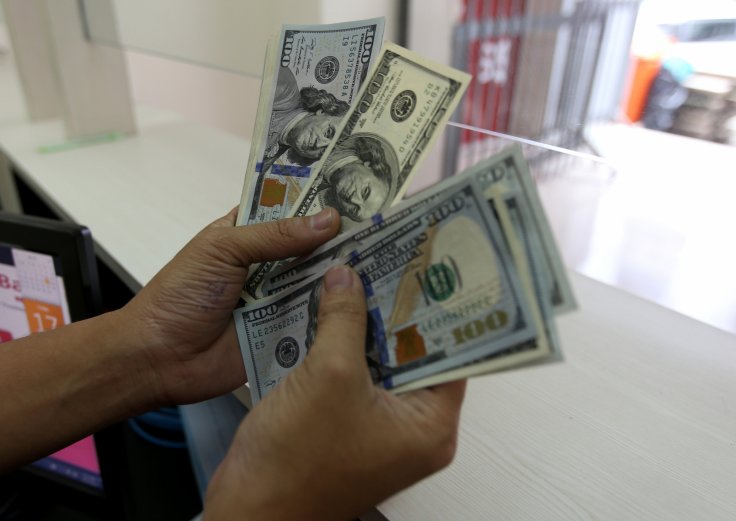
Asset Value Erosion
The asset value erosion at Silicon Valley Bank (SVB) triggered a spate of withdrawals from uninsured depositors of the bank, which in turn created a bank run and eventual collapse of the 16th largest bank in the US. The analysis by the Social Science Research Network shows that a frighteningly large number of American banks have dangerous levels of uninsured deposits.
If these depositors begin a withdrawal spree the outcomes for these banks will be dangerous. Even if half of the uninsured depositors anticipate trouble and begin withdrawing their funds, some 186 banks could see a run and eventual collapse, the study says.
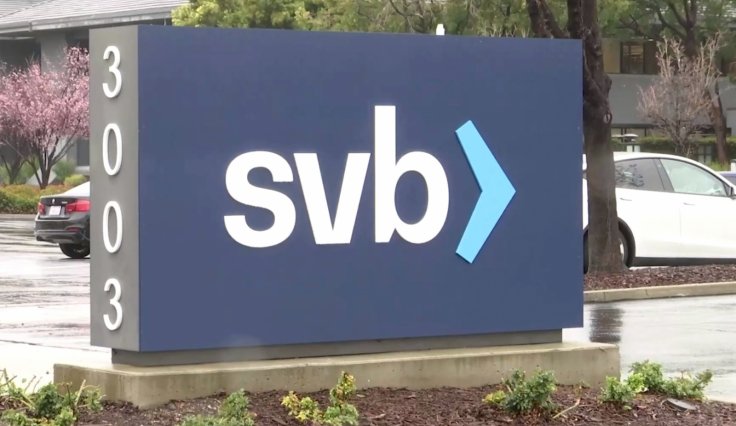
More Banks in Trouble
The news comes amid reports that rating agency S&P further downgraded the credit rating of troubled US bank First Republic to junk status. Major US banks had funneled more than $30 billion into the First Republic Bank to enhance its liquidity and assure the depositors. The measure was taken after the collapse of SVB and another Californian lender Signature Bank, which created fears of a banking contagion that threatened the repeat of the 2008 crisis.
The study by Social Science Research Network, however, suggests that the road to banking health is bumpy.
The study says it analyzed US banks' asset exposure and found that the US banking system's market value of assets is $2 trillion lower than suggested by their book value of assets.
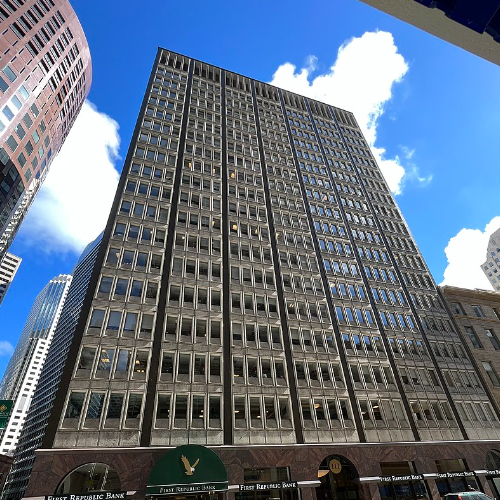
This was mainly because of the deterioration of the value of their government bond holdings and mortgage-backed securities in the aftermath of the heavily aggressive rate hikes by the Federal Reserve. "Marked-to-market bank assets have declined by an average of 10% across all the banks, with the bottom 5th percentile experiencing a decline of 20%," the study says.
The heavy decline in bank asset values significantly increased the fragility of the US banking system to uninsured depositor runs, the analysts point out. This brings the focus back to the uninsured deposits.
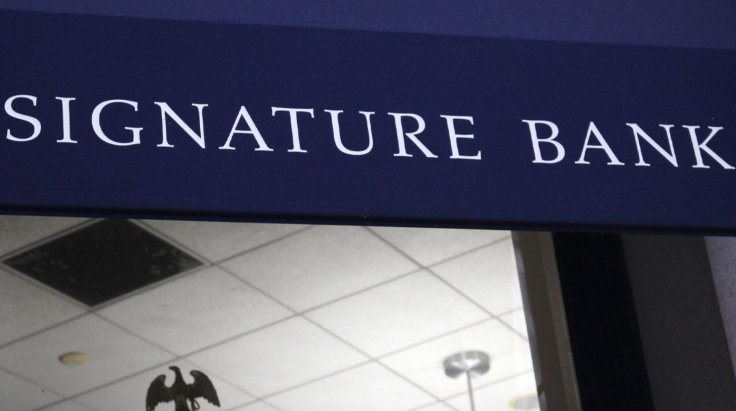
Skewed Ratios
In the case of SVB, the ratio of uninsured depositors to insured depositors was too heavily skewed. The US Federal Deposit Insurance Corporation (FDIC) said the depositors would get their money back, but it emerged that as many as 90 percent of depositors at SVB were uninsured. With nearly 90 percent of the Silicon Valley Bank's $175 billion in deposits being uninsured, the pressure created by the uninsured depositors eventually led to the bank run and failure. FDIC protects only up to $2,50,000 in insured deposits, and the prospect of losing deposits caused the bank run.
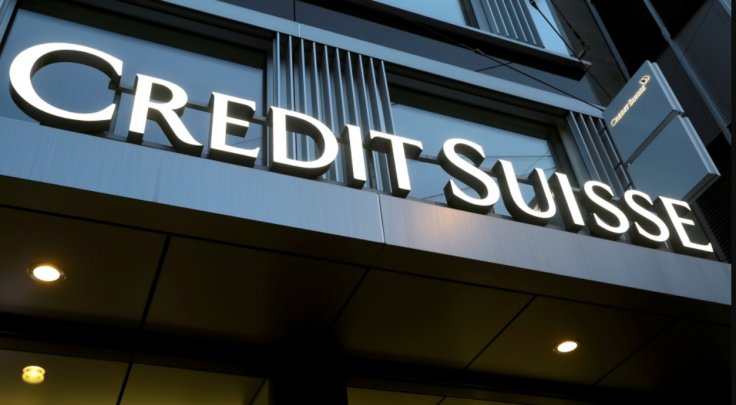
"Combined, losses and uninsured leverage provide incentives for an SVB uninsured depositor run. We compute similar incentives for the sample of all U.S. banks. Even if only half of uninsured depositors decide to withdraw, almost 190 banks are at a potential risk of impairment to insured depositors, with potentially $300 billion of insured deposits at risk. If uninsured deposit withdrawals cause even small fire sales, substantially more banks are at risk," the report says.








